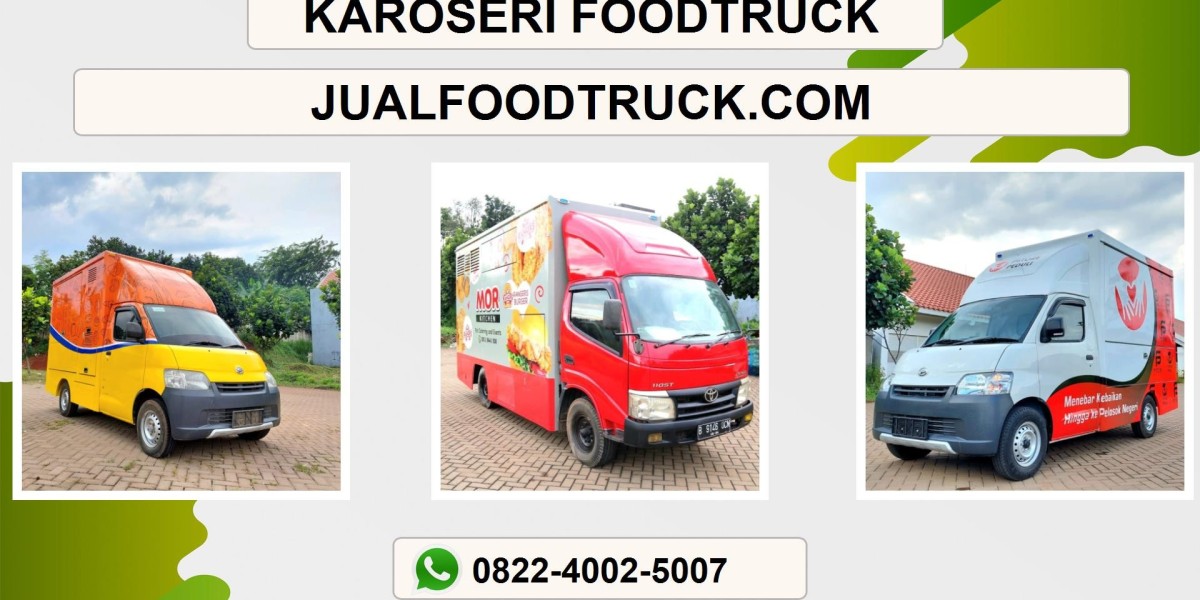The emergence of progressive technologies in varied industries has revolutionized the way businesses operate, and the field of biotechnology isn't any exception. One such innovation is Flyxo, a novel platform that utilizes fly larvae for waste administration, protein production, and sustainable agriculture. As the demand for sustainable options continues to grow, understanding the price dynamics related to Flyxo becomes essential for stakeholders, investors, and policymakers. This text delves into the various price elements associated with Flyxo, its economic implications, and potential advantages.
Introduction to Flyxo
Flyxo is an revolutionary bioconversion expertise that leverages the pure life cycle of black soldier flies (Hermetia illucens) to convert natural waste into invaluable merchandise similar to protein-wealthy animal feed, natural fertilizers, and biofuels. This process not solely addresses the pressing situation of organic waste disposal but additionally contributes to the creation of a circular economy by turning waste into resources. Nonetheless, the implementation of Flyxo know-how comes with a spread of prices that must be analyzed to completely perceive its financial viability.
Cost Elements of Flyxo
- Initial Capital Investment:
- Operational Costs:
- Feedstock Prices:
- Regulatory Compliance:
- Market Dynamics:
Financial Implications of Flyxo
The successful implementation of Flyxo technology can yield important financial advantages. By converting organic waste into excessive-worth products, Flyxo will help cut back waste administration prices for municipalities and businesses. Moreover, the manufacturing of protein-wealthy animal feed can alleviate strain on traditional feed sources, similar to fishmeal and soy, which are sometimes related to environmental degradation.
Furthermore, using Flyxo can create job alternatives in waste management, agriculture, and biotechnology sectors. Because the industry grows, it may stimulate research and growth, leading to additional improvements in sustainable practices.
Cost-Profit Analysis
A comprehensive cost-profit evaluation is essential to guage the economic viability of Flyxo. This analysis should consider each quantitative and qualitative factors. On the quantitative aspect, operators must assess the return on funding (ROI), payback period, and internet current worth (NPV) of their Flyxo operations. On the qualitative side, factors such as environmental influence, social acceptance, and potential for scalability should even be thought of.
For example, whereas the initial capital funding may be high, the lengthy-time period benefits of waste reduction, sustainable protein manufacturing, and lowered reliance on standard feed sources can outweigh these costs. Moreover, private jet rental as the market for sustainable merchandise continues to grow, the potential for increased income from Flyxo operations turns into extra promising.
Challenges and Considerations
Despite the potential advantages, several challenges must be addressed to ensure the successful implementation of Flyxo know-how. Should you have just about any questions with regards to exactly where along with how you can work with private jets charters, you possibly can e mail us on our own internet site. These embrace:
- Public Perception: The use of insects for food and feed remains to be a comparatively new idea in lots of areas. Public acceptance and consciousness campaigns are essential to coach customers concerning the security and advantages of insect-based merchandise.
- Technological Advancements: Continuous analysis and growth are mandatory to boost the effectivity and scalability of Flyxo operations. Innovations in breeding, feeding, and processing applied sciences can result in cost reductions and improved product high quality.
- Policy Assist: Authorities insurance policies and incentives can play a crucial position in promoting the adoption of Flyxo know-how. Supportive regulations, subsidies, and funding for research can help lower boundaries to entry for new operators.
Conclusion
The fee dynamics related to Flyxo technology are multifaceted and influenced by numerous elements, together with initial investments, operational bills, feedstock availability, regulatory compliance, and market circumstances. A thorough understanding of these prices is important for stakeholders considering the implementation of Flyxo. By conducting a complete value-benefit evaluation and addressing the challenges associated with public perception and technological developments, Flyxo can emerge as a viable answer for sustainable waste management and protein manufacturing. Because the industry continues to evolve, the financial implications of Flyxo will probably develop into more and more important in the pursuit of a circular financial system and sustainable development.



